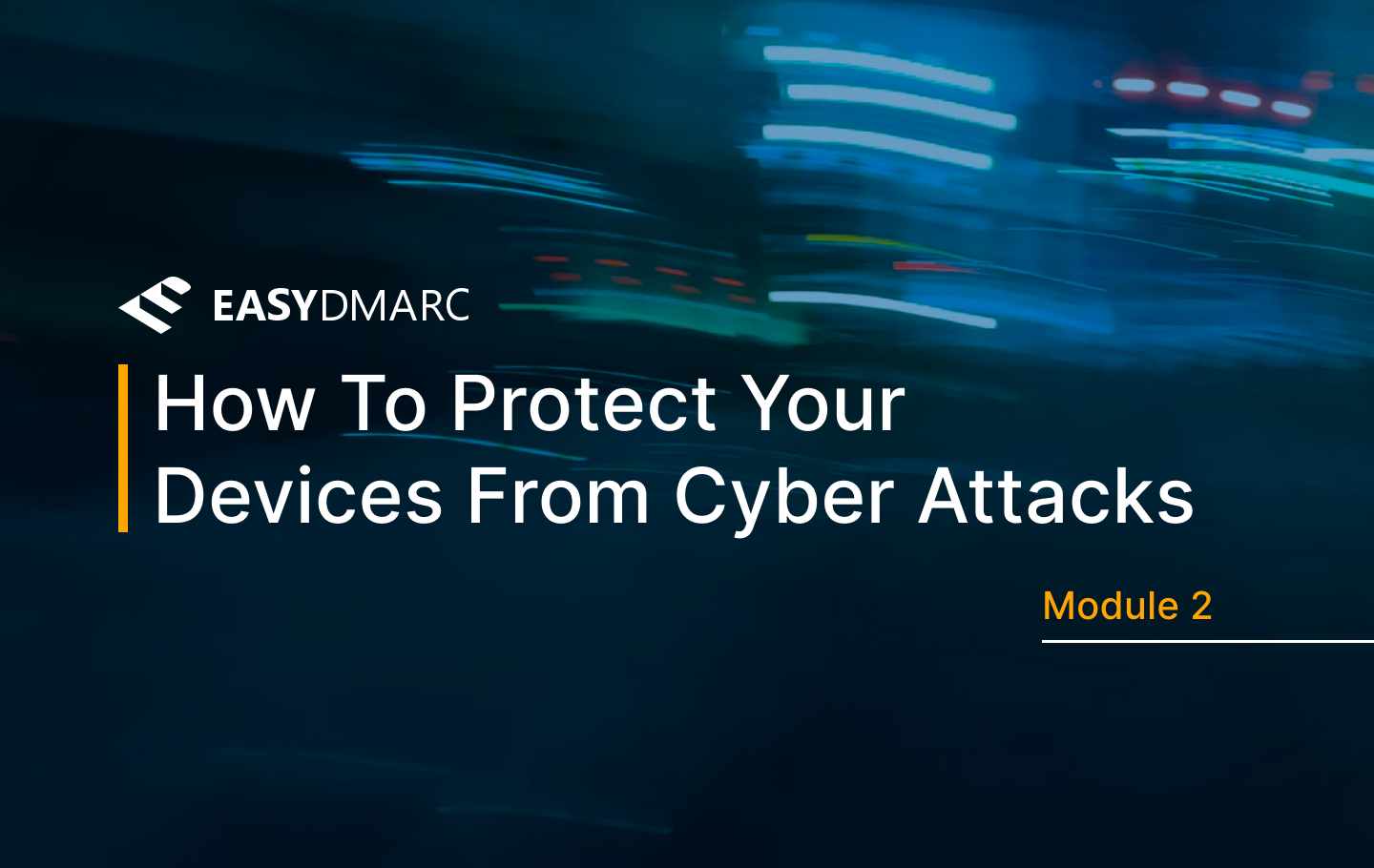Device protection should be a priority for any organization. As we know, 2020 saw a huge rise in cybersecurity incidents due to the Covid-19 pandemic. However, whether your employees work from the premises or remotely, you should setup specific policies and enforce them.
Basic Device Protection Habits
Securing yourself from cyber threats means developing certain habits. Whenever you use any of your devices, make sure to check all these safety basics.
Authenticate Your Devices
It’s crucial to set authentication on your smartphone to protect it against data breach. The most common methods are setting passwords, PINs, using fingerprint or face detection. A strong password contains 8 or more letters, numbers, and symbols and includes at least one uppercase letter. A strong PIN should also be lengthy (at least 8 digits). This affords many possible combinations and makes it more difficult to crack. Keep in mind not to use the same password for multiple accounts and don’t set a PIN that is easy to guess, such as your birthday.
Adhere to Device Protection Policies
Request that your IT department provides you with the guidelines regarding data protection. Educate yourself on how you can store your data and still be able to recover all the necessary information in case you lose or break your device. The same goes for the software policy that your company has established: only download authorized programs and applications, which will help to reduce the probability of any malware in your devices. Turn off your devices when you leave your desk.
Remember to turn off your devices when your workday is over or when you leave your desk for a while. Log out of the applications and accounts that contain sensitive data related to your work when you leave the office. Also, make it a habit to turn off Bluetooth and Wi-Fi when you don’t need them, as these present opportunities to access your data.
Encrypt Sensitive Information
Don’t copy work-related information to your smartphone if your company hasn’t authorized you to do so. Another way to prevent data breaches is enabling remote wiping on your mobile device. This way you can remotely delete and destroy data when your device is lost, stolen, or otherwise compromised. But before enabling this feature, consult with your company’s IT manager not to violate the company’s policies.
Keep Your Devices Updated
This step will help you protect yourself from cyber threats. Although this is an easy way to protect your data, many people choose to overlook its necessity. The thing is that hackers continuously search for their targets and whenever they find a vulnerability in a system, they use all the means at their disposal to compromise the person.
Never Leave Devices Unattended
Always keep your devices with you, or if you can’t carry them to some places, put them in a safe place. This is quite a simple precaution, yet many people forget or ignore it.
How To Stay Safe in the Cloud
Almost everyone uses at least one cloud storage service (like Google Drive or Dropbox) to keep and organize their work files. Undoubtedly, it’s a quite convenient method, but it bears security risks. That’s why IT departments usually don’t approve of it. We recommend not maintaining any important information on a platform that’s outside your company’s control. In case you really need to use a cloud storage service, get approval from your IT department first. Familiarize yourself with your company’s policy regarding the usage of cloud services.
These best practices will help you to work safely in the cloud:
- Ensure that you use an authorized cloud service provider.
- Share your work files with those team members who are approved to access the information.
- Always use a secure internet connection to enter your account on the cloud platform.
- Avoid sending any sensitive information to your personal email account.
- Duplicate the work data only if it’s essential.
If you haven’t read the previous module about data protection, check it out here.


